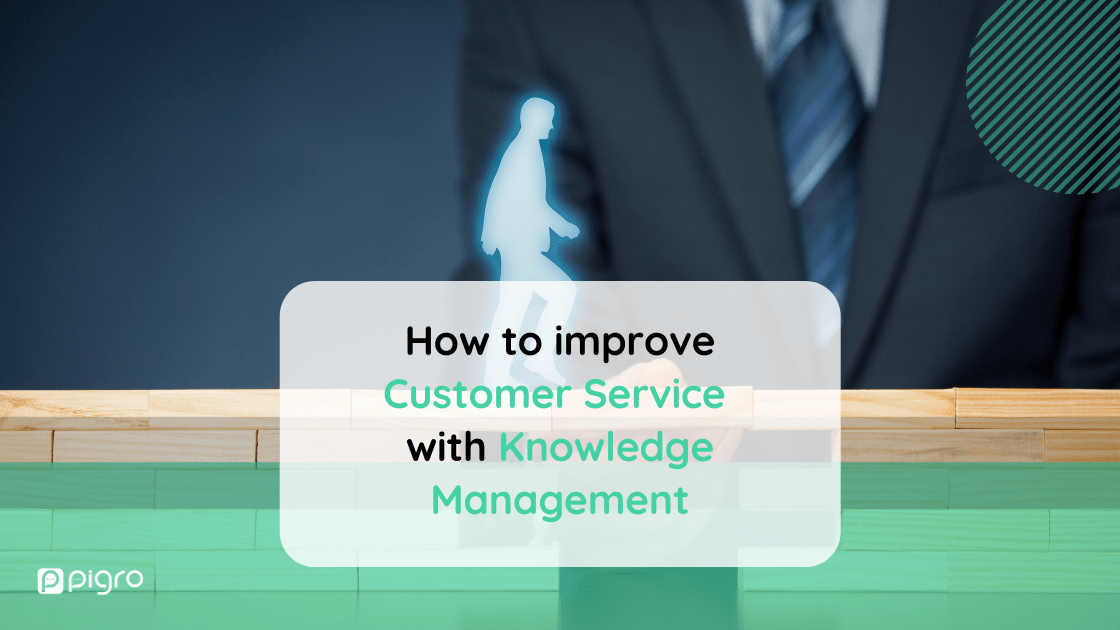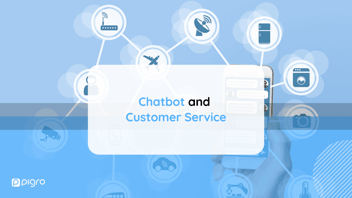As we saw in the first article on CX, the definition given by the Customer Experience Excellence Centre of KPMG is “the sum of the experiences, sensations, emotions and memories that a customer has when interacting with brands. Creating memorable shopping experiences that stick in the consumer’s mind and influence their future behaviour means for brands to develop a sustainable competitive advantage”.
We have also outlined the main characteristics of the Customer Experience, analysing some cases of global and Italian excellence that can be taken as examples.
But, concretely, how does one implement a good CX strategy?
Every single element of the customer journey must be structured to increase customer satisfaction, starting with the most important: customer service.
If you are interested in a customized solution to your needs, contact our expert immediately, or read on to learn more about the subject!
What is Customer service and how has it evolved
The definition of Customer service can be summed up as the assistance service provided by the company with the aim of guaranteeing customers a high degree of satisfaction throughout the entire buying process, divided mainly into two phases of approach to the product/service:
-
consumers may have questions before completing the purchase (and answering these questions means facilitating the final purchase of the good by the customer);
-
customers may express the need to integrate information available to them once the purchase has been completed. Answering these questions means allowing the users to enjoy the product in the best possible way, guaranteeing its maximum performance.
The concept of customer service has evolved over time. Before digitalisation, services played a secondary role to products and, consequently, the whole customer journey was more linked to tangible goods.
Subsequently, however, there has been a growing phenomenon of ‘servitisation‘, i.e. the process whereby a company that produces and sells goods or products transforms these into the sale of services.
This process is also influenced by the historical period: in times of uncertainty, such as an economic crisis or a global pandemic, people resort less to buying durable goods in favour of services that bind the customer less and lead him to limit his expenditure to usage.
As a result of this, the relationship between company and customer has also undergone a change, giving importance to aspects such as relationship, interaction, experience, understood as the complex of sensory, rational and emotional reactions and sensations that a certain encounter or exchange arouses.
Customer care thus becomes an essential aspect, and the concept of customer experience is increasingly gaining ground, as part of which a broader strategy relating to the entire customer journey can be implemented.

Customer service: characteristics and new trends
To function at its best, company customer service must be based on some key features, such as the speed and clarity of responses, the offer of a personalized and attentive-to-detail service, with increasingly automated and streamlined procedures.
In the recent period, moreover, companies have faced a migration of work remotely and online purchasing channels have become increasingly important, improving the role of Contact Centers. Therefore, the unforeseen and unexpected changes in the global scenario have led to the emergence of some trends in the Customer Service sector:
-
digital transformation: the growing need to interface with customers in telematic mode has meant that IoT, voice-based or Artificial Intelligence technologies were increasingly used to relate to users and add new functions to contact centres. They also help make information more easily accessible and counteract the formation of data silos, making call centres more integrated with the rest of the company’s departments;
-
self-service growth: more and more informed consumers solve problems independently because they believe it is the fastest way, and turn to Customer Service only when they do not find the solution on other channels. This has, on the one hand, lightened the workload, thanks to tools such as chatbot and IVR self-service (Interactive Voice Response), but has also shifted the focus to increasingly complex requests, which require speed and operator support to be resolved;
-
omnichannel communication and customer centricity: the user must be able to reach the Customer Service on any device and channel, at any point of the buyer journey, finding everywhere the same level of quality and efficiency of the service. Over the past few years, consumers have become increasingly aware of the value of their opinions and expect to be heard when they provide feedback, rewarding companies that best meet their needs with loyalty.
Improve customer service with Knowledge Management
Customer service is the basis of any good customer experience policy. But sometimes it is difficult to establish a strategy because the information within companies is difficult to access and chaotically organised.
This is why knowledge management is a valuable partner for improving customer service.
There are three main focal points for good customer service: let’s see how they can be transformed (and improved) with Knowledge Management.
1. Speed and easy access to information
One of the fundamental aspects of Customer Service is the possibility for customers to easily access the information they are looking for, without spending time and effort searching for hidden pages or waiting to contact an operator.
Self-care, i.e. ‘do-it-yourself’ information search, is now preferred to traditional call centres. With this in mind, knowledge base software built on Artificial Intelligence is the tool gradually gaining ground. Pigro, for example, is developing a platform to integrate through API that allows boosting the well-known application ChatGPT, leveraging AI to get fast answers and consistent information from your own business documents.
They guarantee instant access, 24-hour availability and ease of use, thanks to conversational interfaces in natural language. Consumers can use them as a search engine on the entire content of the website, to obtain official and verified information.
The information pool that the software draws on to respond to users is built on the company’s Knowledge Base. For this reason, behind the creation of the conversational interfaces, there must be a Knowledge Management platform, which allows the company to manage and update the contents of the site automatically.
2. Efficiency and relevance of responses
From information requests to after-sales service, it is essential that customers receive uniform answers to similar questions, even if they are asked in different ways through different company channels.
For this to happen, it is necessary that all those involved in the customer relationship have efficient and rapid access to the so-called "service knowledge", that is all those contents like procedures, guidelines, manuals, etc that allow you to quickly resolve user requests and manage tickets.
This aspect is crucial and it is here that having a well-constructed Knowledge Base can make the difference: for this reason, a knowledge base quality analysis - such as the Knowledge Insights service - represents a starting point to increase its efficiency, identifying any issues and solutions inside the documentation.
Once optimised, the KM system must allow querying the knowledge base through a conversational interface, that retrieves the most relevant content to the answer. In this way customers can obtain information even with a do-it-yourself search, while the Customer Service operators can speed up the search for answers in manuals and product sheets, increasing their productivity.
3. Level of empathy in the customer relationship
Empathy on the part of the company is fundamental to involving customers emotionally and deeply in the relationship with the brand.
Knowledge Management solutions make creating the documentation within a platform possible, ensuring that knowledge is immediately available to the entire company. You can import welcome or goodbye formulas, as well as suggestions for handling a particularly tricky situation.
All best practices for carrying out particular procedures can be saved and shared with colleagues, avoiding the dispersion of valuable tacit knowledge.
Multi-level knowledge sharing represents an optimisation of resources and therefore a competitive advantage. Customer service operators thus reduce the time it takes to resolve queries and improve human contact with users.
Find out how to boost your Customer Service Helpdesk with Knowledge Management in our latest article.
Want to know more about Pigro Knowledge Management solution? Contact us for free!



